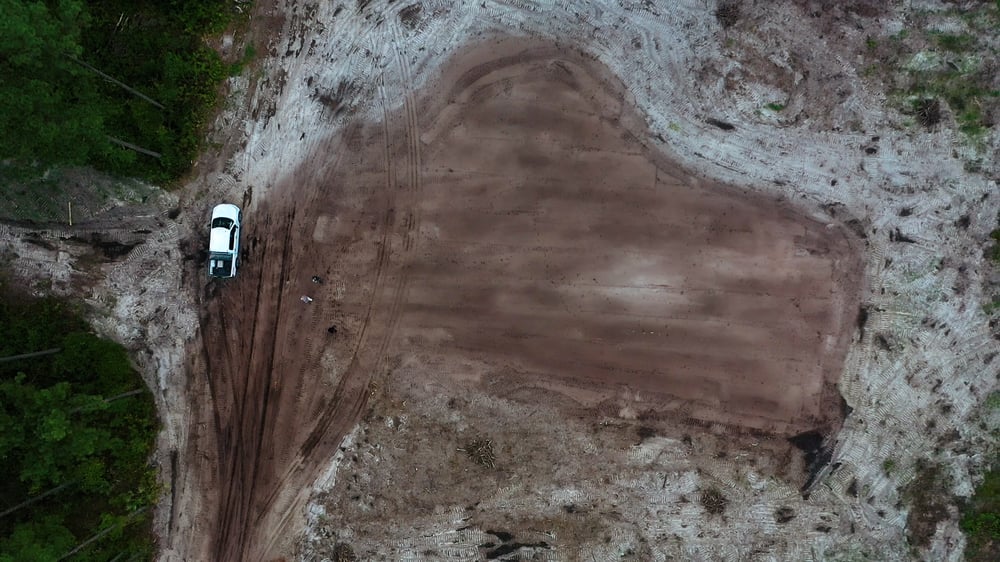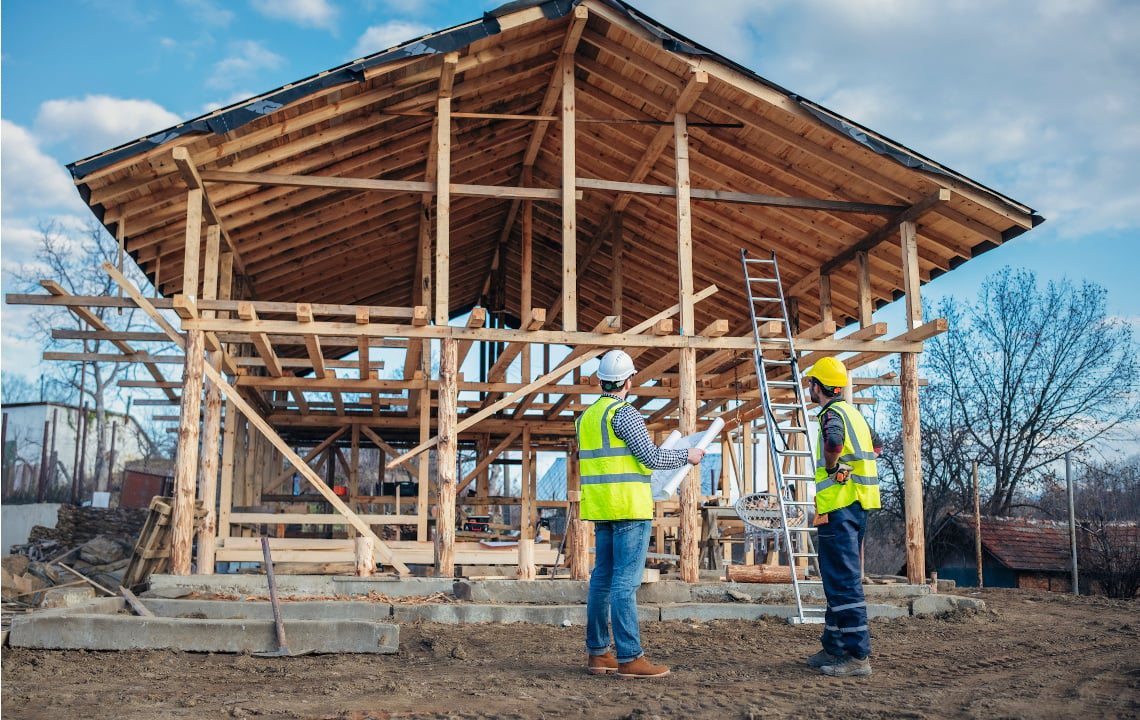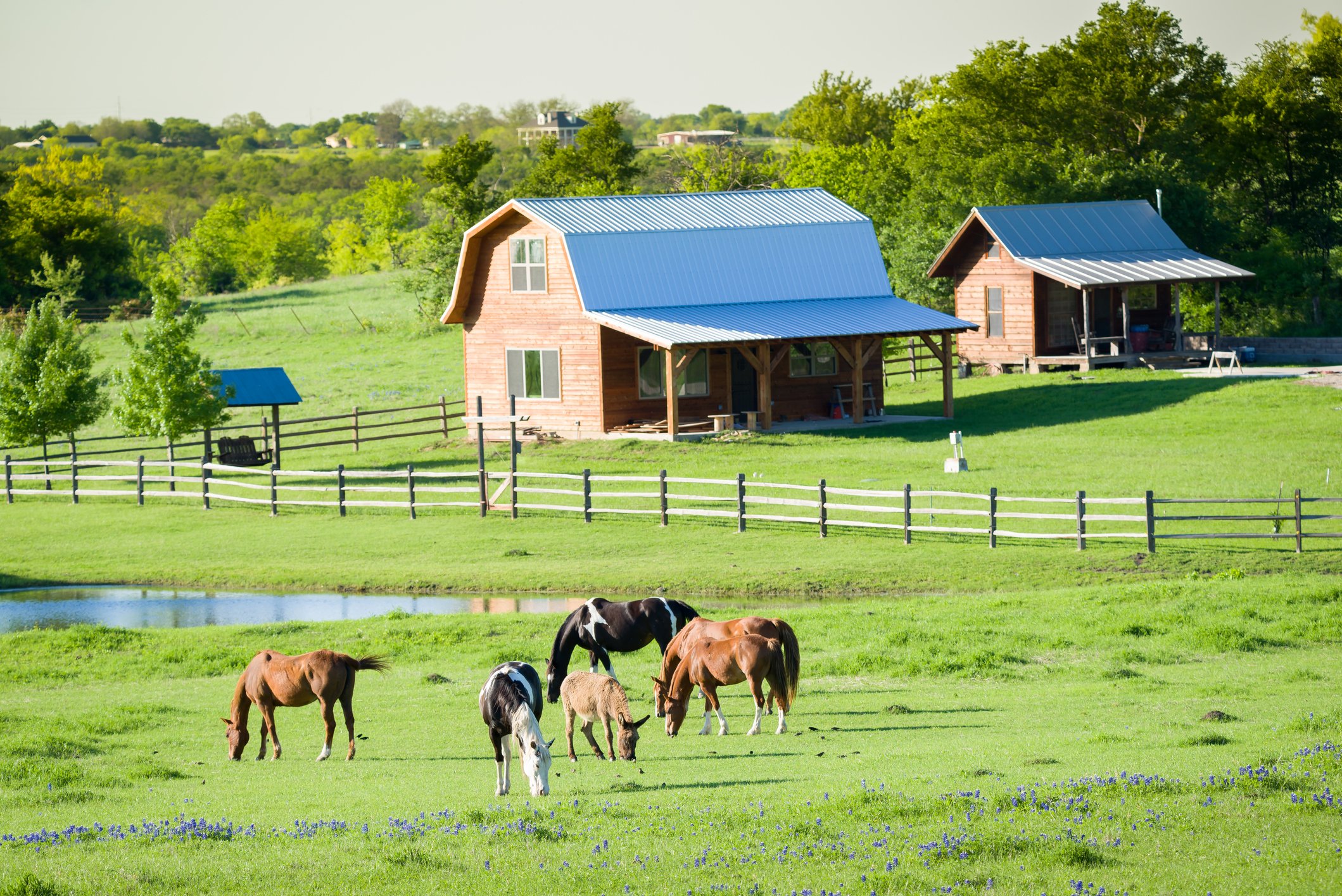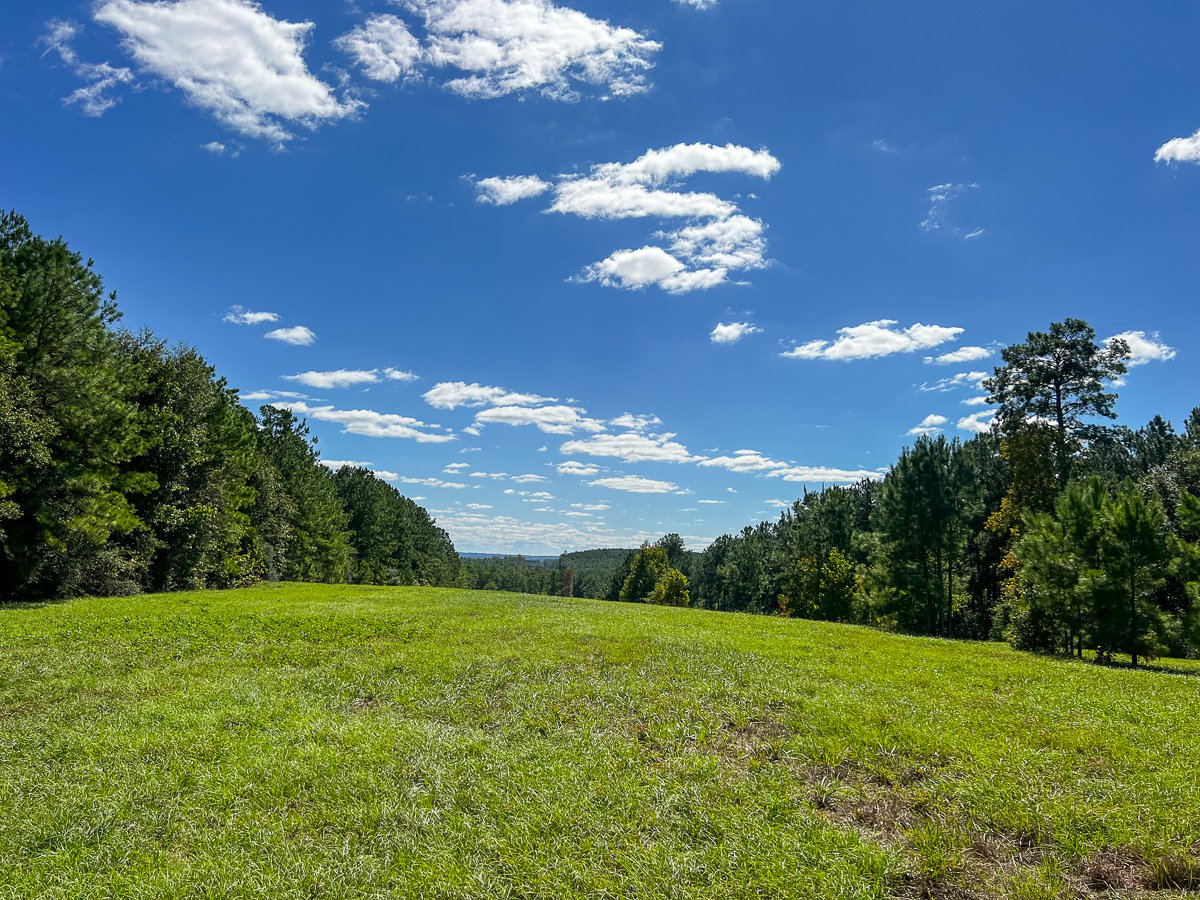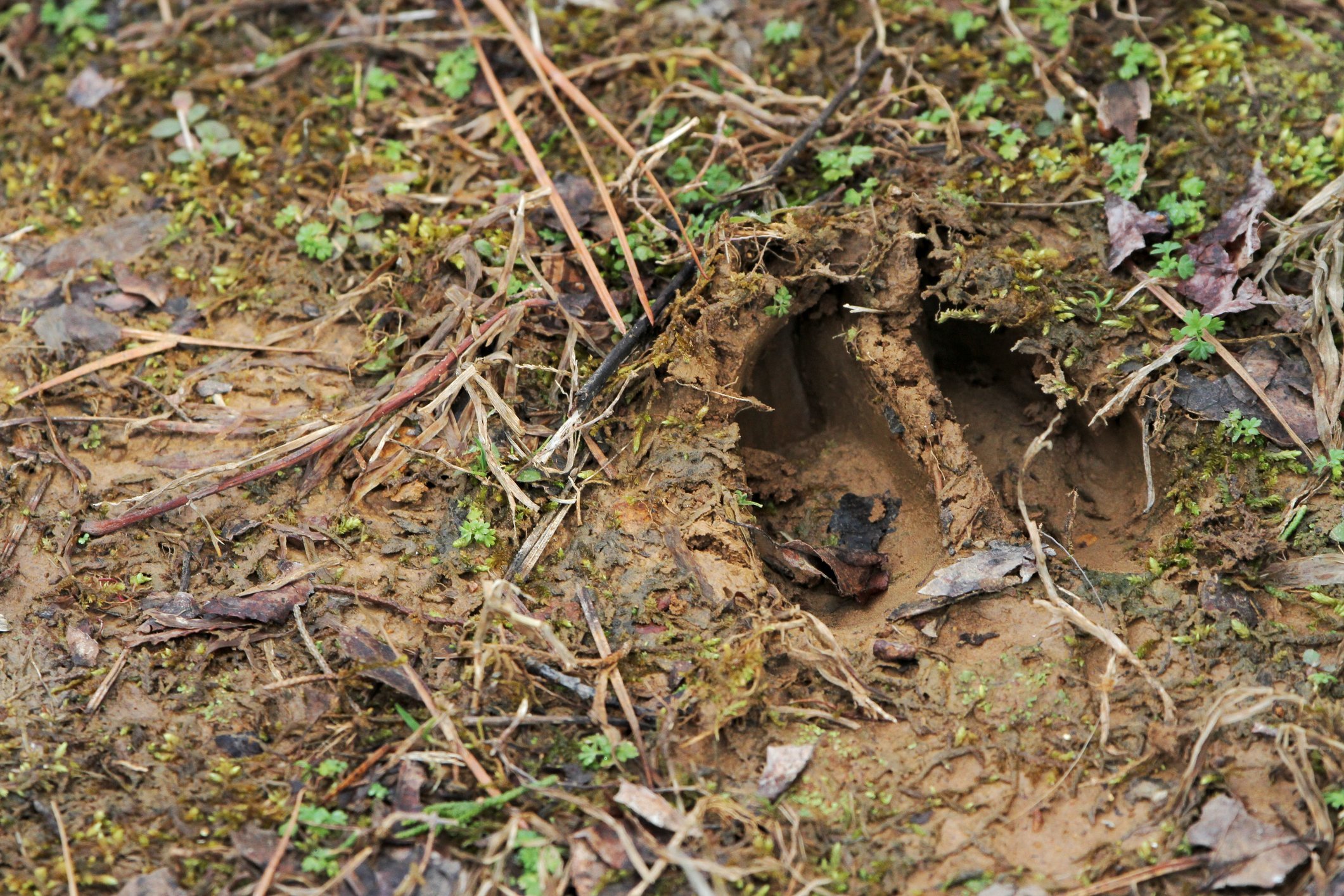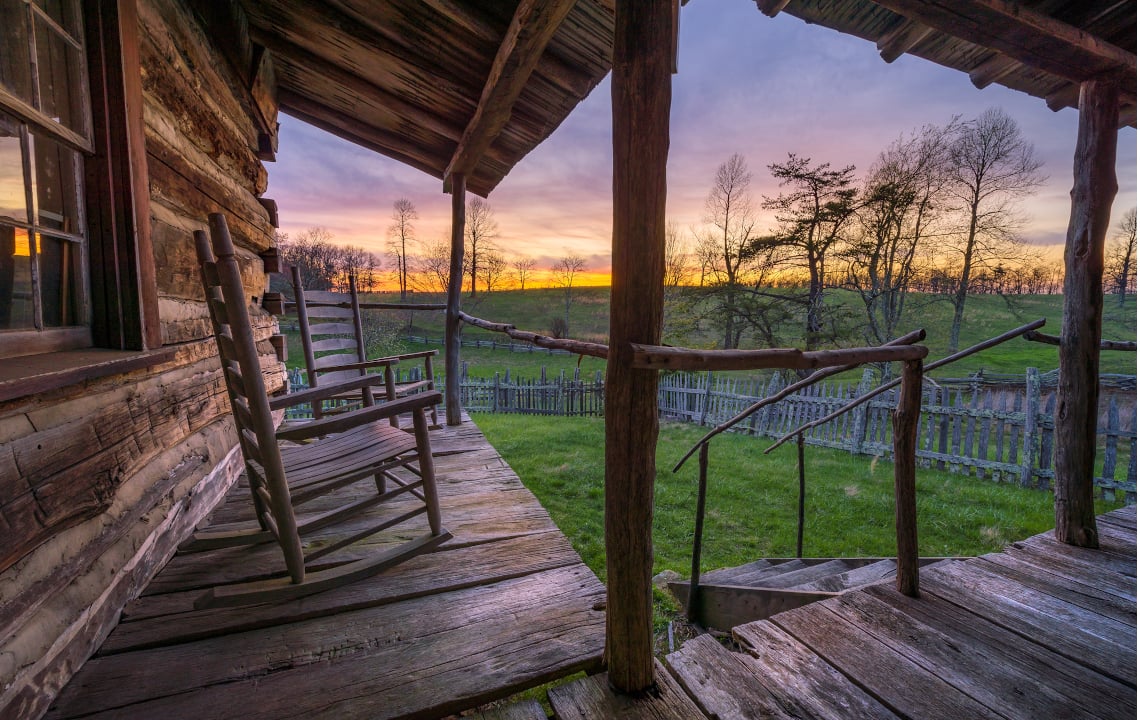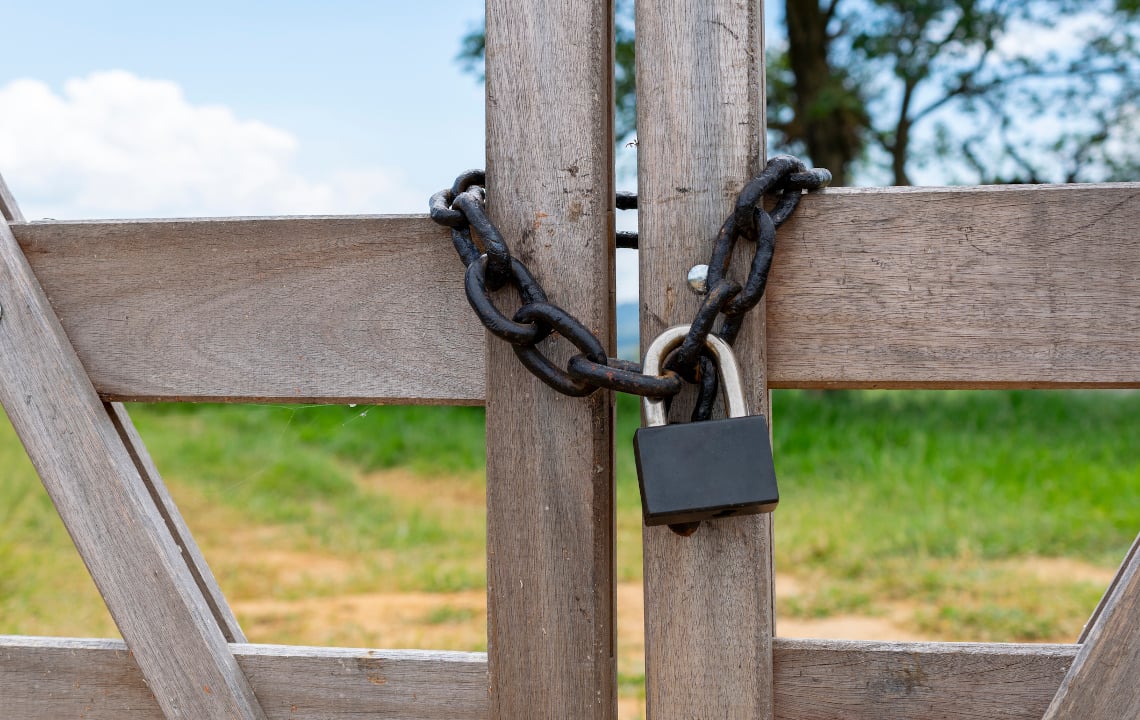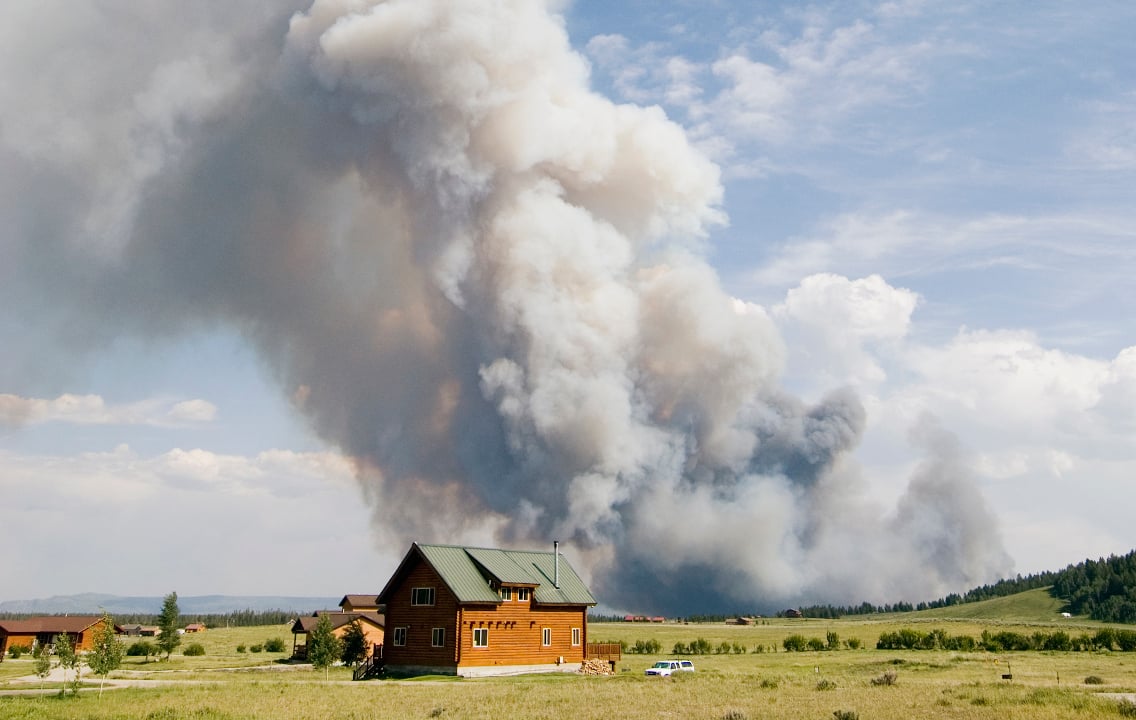Wooded lots or timberland can offer an ideal alternative to hard-to-find open land and a great return on investment. The key is knowing how to get some (or all) of that land cleared to suit your needs. To help, we rounded up our top tips from the experts on how to clear land (and even make a profit doing so).
Finding that perfect piece of wide open land or mix of pasture and woods in a prime location is an ideal many aspiring land owners dream about…
...and therein lies the challenge: these types of properties are typically in high demand.
This leaves you with a couple of options:
#1: Hold out until you find that perfect open land (and usually pay top dollar for it),
OR
#2: Buy a wooded lot or piece of timberland and clear it yourself.
If you’ve got time to spare, a healthy budget and/or live in an area with lots of open land in your ideal location, option #1 may be your best bet.
However, if you live in a location where open land is at a premium, you want a mix of open and wooded land (because it takes a long time to grow large trees), there isn’t much inventory in your desired location and/or your budget is fixed, then option #2 is worth consideration.
And while the prospect of clearing a wooded lot may seem intimidating, it can wind up being an excellent investment if you know what you’re getting into going in.
To help, we’ve rounded up 10 of our best tips from land experts on clearing timberland.
Tip #1: Define the purpose of your land and your end-goal
Per Dave Milton, ALC, president and broker of Southeastern Land Group and host of the podcast: The Land Show, you need to decide if the land you’re considering is appropriate for your goals before you start clearing timber:
“Are you converting it to pasture land to run animals on it — cows or goats or horses or whatever you’re going to fence in?” Milton asks. “Or are you converting it to plant crops?”
Defining your land’s purpose will save you a ton of time and help shape your next-steps while searching for the right property.
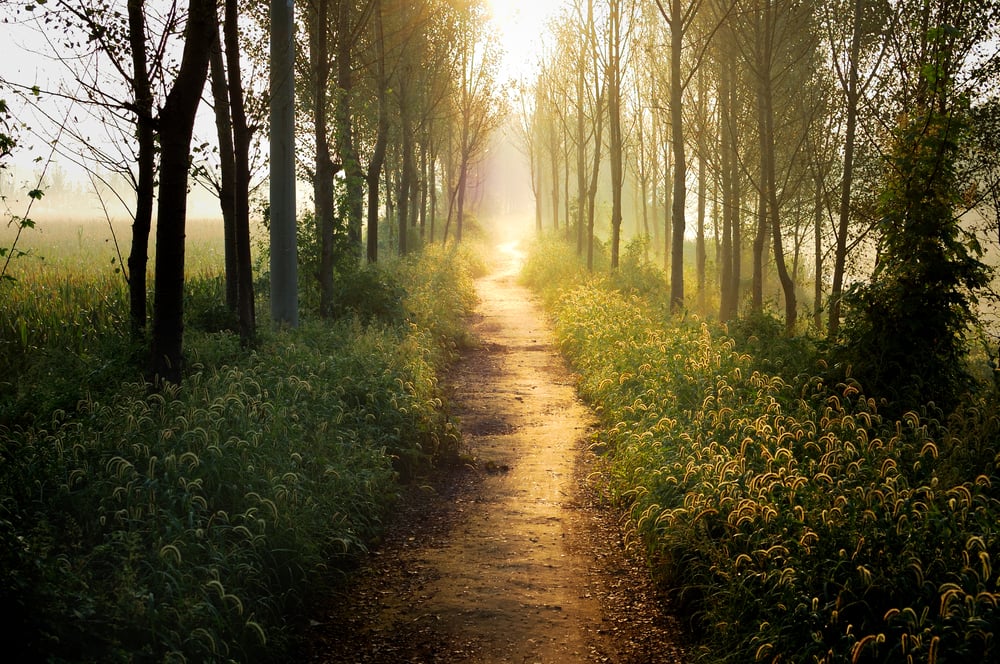
Tip #2: Crunch the numbers to determine if a wooded lot is the best investment
Clearing land isn’t necessarily cheap, however you may be able to off-set the cost by selling your timber.
A broker or local land agent with experience buying/selling timberland can be a huge help in this regard, as they can recommend foresters and tree services to help you assess the value of your timber and give quotes on clearing.
If you’re not ready to pay a forester to come out and survey the land, you can learn more about the price of timber through your local state forestry association or Universities; many of whom offer information in the form of a “stumpage report” or “forest products survey” on pricing for different species of native trees. These reports won’t be as accurate as paying for a forester’s report, but they’ll give you a good starting point.
Once you get a feel for the cost to clear the land, minus your estimated profit on the timber you’ll have an idea if a wooded lot is a better investment than a pre-cleared lot.
Tip #3: Get multiple quotes on clearing
The cost to clear land varies widely based on location, the scope of the work and the amount of acreage to be cleared.
It can also vary widely tree-service-to-tree-service, so be sure to get multiple quotes, check references, verify the tree company is licensed and insured and be very clear on the scope of work they will provide and time frame.
If you have the proper equipment you may wish to tackle some smaller land clearing work (such as underbrush or small trees) yourself, but it’s best to leave the larger jobs to the pros.
Tip #4: Understand that not all timber is created equal
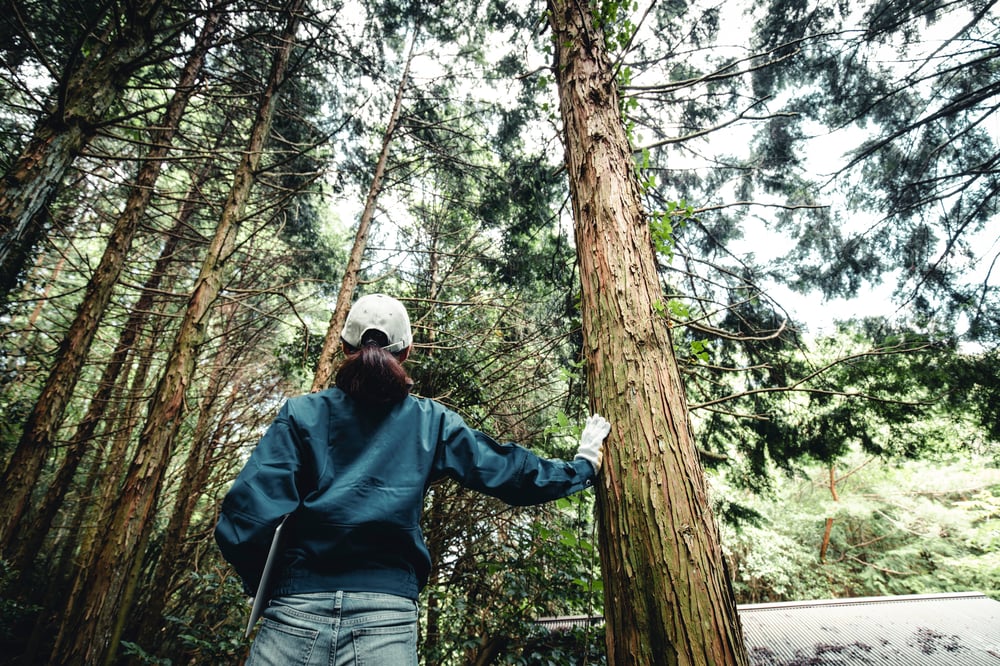
Per Milton, Timber markets “vary wildly depending on the species and the size of the trees.”
Which is why you must hire professionals to conduct an inventory of species on a specific property to get an accurate picture.
Tip #5: Make sure you have enough timber to sell
Just because your land has trees doesn’t necessarily mean you’ll have enough or the right type/quality of trees to sell.
Per Lipthrott, land resource unit manager for Rayonier, Rethink:Rural’s parent company:
“A lot of times, if it’s five acres of Rayonier planted pine, there’s definitely enough there to sell.”
“If the 5-acre tract has 20-year-old big timber on it, selling the timber on the property could net you a pretty good return.”
Bottom line: have a forester inventory your land before you buy it.
Tip #6: Not enough timber to sell big? You still have options...
If selling your wood to a timbering company isn’t the cards, you can still make good use of and profit from that wood.
Per Carl Griffin, owner of The Griffin Ranch near Ocala, Florida, large lumberyards aren’t interested in cutting small tracts, because it’s “Too much money and too much equipment,” he explains.
Instead, Lipthrott recommends looking for a local portable saw mill operator.
“They have a sawmill on the back of their truck, they pull up, and they saw your trees into lumber,” Lipthrott says. “A lot of times, they just get 50 percent of the wood as payment.”
Plus, the sawmill uses a band saw instead of a wood blade, which helps salvage more of the wood.
From there, the wood you keep can be repurposed for firewood to be sold and/or used, mulch (which can come in handy if you plan to farm or landscape), to be used as logs for growing mushrooms, selling to wood craftsman, or even as building material for your dream home.
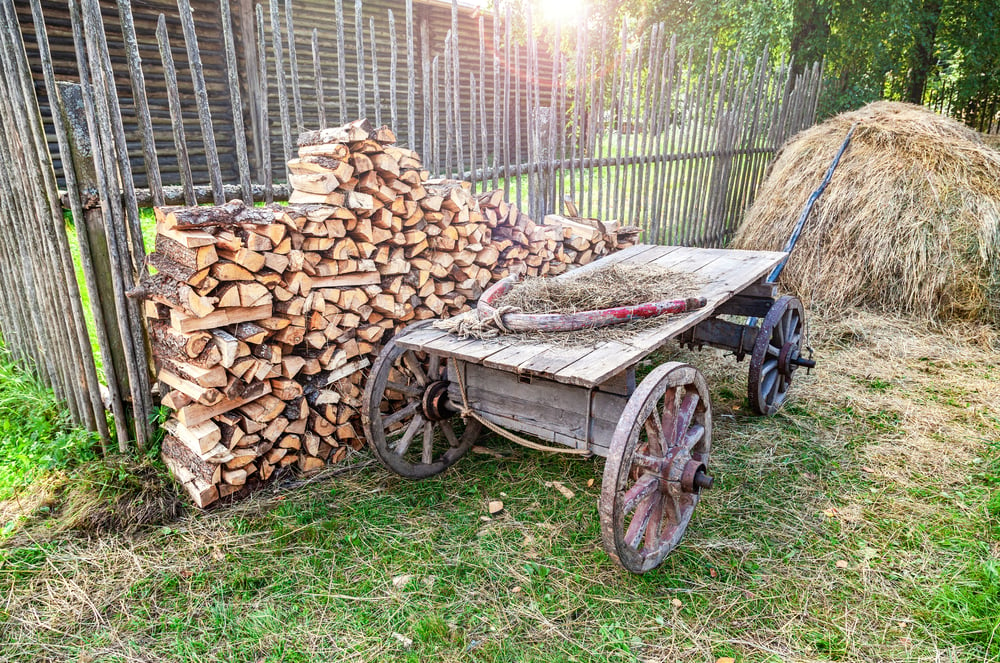
Tip #7: Make sure your wooded lot is buildable
A period of due diligence is a must for any property purchase. But, with a wooded lot you’ll want to make sure you pay special attention to things like:
Getting a proper inventory and valuation of your timber
- Checking to see if land clearing requires any types of permits (if wetlands are nearby, as an example)
- A survey to establish boundaries (especially if the land is not clearly marked)
- A soil test to ensure the soil is good for growing crops or grass to raise cattle
- And research any access or easement issues that may stand in the way of clearing or building infrastructure
Additionally, since wooded lots can be a little tougher to visualize insofar as building and landscape design is concerned, it’s wise to have a contractor and/or land design expert walk the property with you and offer counsel on the best locations for a homesite, barn, pasture, gardens, etc.
Tip #8: Consider keeping some trees to diversify your landscape
According to Rethink:Rural writer, land owner and outdoor survival expert, L. Woodrow Ross, it’s wise to keep some trees as many species of plants 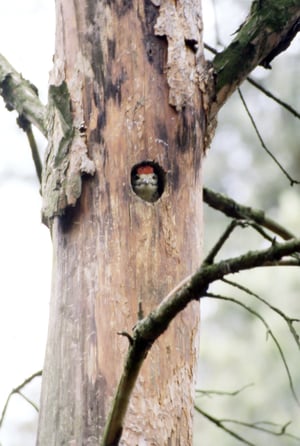 and trees have a symbiotic relationship and/or support wildlife species.
and trees have a symbiotic relationship and/or support wildlife species.
On his land Ross removed mostly pines, leaving the hardwood species intact. This gave the undergrowth more light which stimulated growth making way for more hardwoods, like oak, maples, hickories to flourish.
As these trees are allowed to prosper, they provide food for deer, turkeys, squirrels and other animals.
Tip #9: Keep some dead trees
It may be tempting to ask your tree service to take down all the dead trees while they’re clearing --- but, not so fast!
Per Ross, dead trees provide habitat for a variety of creatures like endangered woodpeckers, squirrels and other mammals
Of course, if they’re near a structure they’ll need to be removed, but if not consider leaving them be.
Tip #10: Be a good neighbor
Land clearing is noisy messy business. So, once you’ve purchased the property and have your land-clearing ducks-in-a-row, it’s a good idea to give your new neighbors a heads-up before the project gets started.


